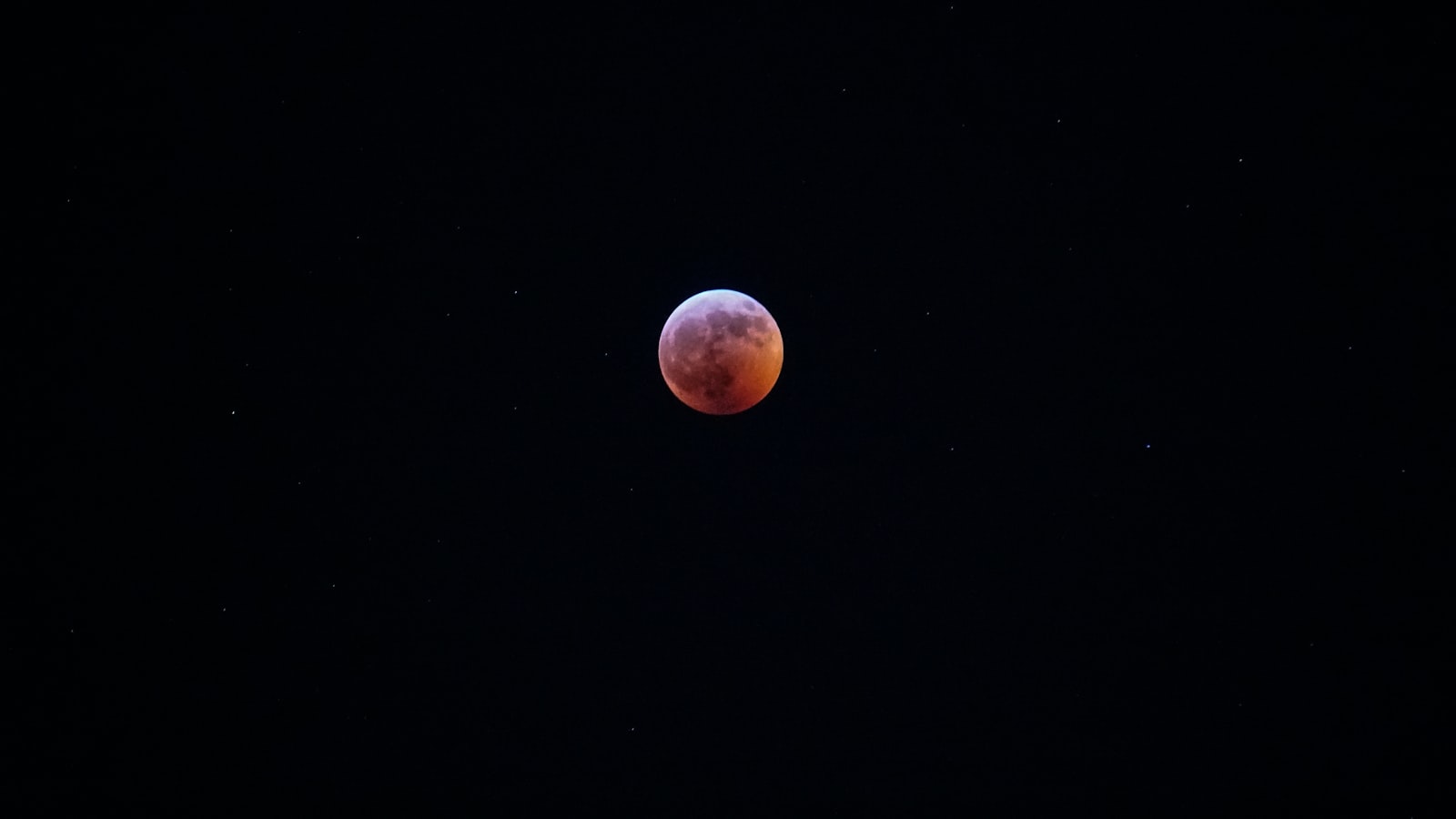As twilight advances across the sky, there is a sense of the extraordinary about to unfold—an event that has stirred human fascination for millennia: a solar eclipse. And in the age of technology, the awe-inspiring celestial performance is an invitation to photographers and stargazers alike to capture its fleeting beauty. Solar eclipse timelapse photography marries the grandeur of the cosmos with the art of the camera, creating a time capsule of the astronomical event that can be cherished for a lifetime. Whether you're a seasoned astrophotographer or someone just bitten by the shutterbug, this guide will navigate you through the process of capturing a solar eclipse timelapse, providing practical advice, technical know-how, and some tricks of the trade.
The Phenomenon in Fast-Forward: Understanding Timelapse Photography
Timelapse photography is a filming technique where frames are captured at a lower rate than the standard. When played back at normal speed, time seems to be moving faster—events that would normally take minutes, hours, or even days unfold in seconds. And what could be more fitting for this method than the grand theatrical of a solar eclipse, a celestial dance that is both methodical and majestic?
Prepping the Stage: Equipment and Set-Up
Before diving into the depths of the cosmos, let's ground ourselves with the necessary gear you'll need to orchestrate this photographic symphony:
- Camera and Lens: A DSLR or mirrorless with a good zoom lens is preferred. Wide angles can capture the environment while telephoto lenses will get you up close and personal with the sun.
- Tripod: A sturdy tripod is non-negotiable. It's the steadfast guardian against shaky footage, ensuring a smooth timelapse.
- Solar Filter: To protect your camera and eyes, a solar filter is critical when photographing directly before and after totality.
- Intervalometer: This device or built-in camera function allows you to set the frequency and duration of the shots.
- Extra Batteries and Memory Cards: It’s a long event; backups are your best friends here.
Chasing Shadows: Scheduling with Precision
Knowing exactly when the solar eclipse occurs is paramount. That's where a tool like eclipse-timer.com shines. Stay informed about upcoming solar eclipses around the world or in your locale with precise timings and dates, so you can be at the ready with camera in hand when the celestial clockwork unfolds.
Dialing in the Settings: Camera Configuration
The dynamic range of a solar eclipse—from radiant flares to the somber moments of totality—demands a finessed touch in camera settings:
- Manual Mode: The sun won't wait for your autofocus or autoexposure, nor should you. Take control with manual mode.
- ISO: Keep it low to reduce noise. ISO 100 is a good start.
- Aperture: Start around f/8 for sharpness and adjust as needed for exposure.
- Shutter Speed: Begin with 1/1000s and modify as the light changes especially during totality.
- White Balance: A neutral white balance such as 'Daylight' keeps the colors true.
- Interval: Depending on the length and progression of the eclipse, intervals can range from a few seconds to a minute.
The Art of Composition: Framing Your Masterpiece
How you frame your timelapse tells the story. Will the horizon be a character in your tale? Or perhaps the silhouette of a city skyline? Maybe it's just the sun and moon in their cosmic ballet. Compose with intent and let the viewers' eyes dance with the scene.
Capturing the Performance: Execution and Patience
Once everything is set—it’s showtime. Start your timelapse a good chunk of time before the first contact of the eclipse, and continue until the final act is done. Check intermittently but refrain from tinkering too much. The art of timelapse is as much about photography as it is about patience and reverence of the moment.
Post-Production: Weaving Time into Art
The captured frames are raw threads awaiting the loom. Software like Adobe Premiere Pro or Lightroom can piece together the images, allowing you to control the timeline, add music, and even blend in other elements to render your vision into a finished tapestry.
Share Your Journey: From Your Lens to the World
Once your timelapse is polished to perfection, share it far and wide. Let others marvel at the celestial mechanics and your dedication to capturing it. Don't forget the power of social media and photography forums to showcase your work.
Tips, Tricks, and Tidbits
- Practice shooting a timelapse beforehand to get a feel for your equipment and settings.
- Charge everything the day before, and always have extras just in case.
- Be mindful of your shooting location and get there early.
- Be prepared for weather changes; protective gear for you and your camera might be needed.
Wrapping Up the Cosmic Encounter
What begins as fleeting moments in the sky can, through the magic of timelapse photography, be transformed into a visual sonnet that pays homage to the wonders of the celestial sphere. Your journey through photographing a solar eclipse timelapse will reward you with not just captivating imagery, but a deeper connection with the grandeur of our universe.
Do you have any eclipses marked on your calendar? Have your past attempts at capturing such astronomical events been a saga of trial and error? Share your stories and questions below, and let's keep the wonder of the cosmos spinning in our creative orbits.
So, the next time the day darkens unnaturally and the temperature drops as the sun and moon perform their rare duet, remember that you have the tools, tips, and technology at your disposal to capture an age-old spectacle. The universe is putting on a show; why not immortalize it with your camera?























